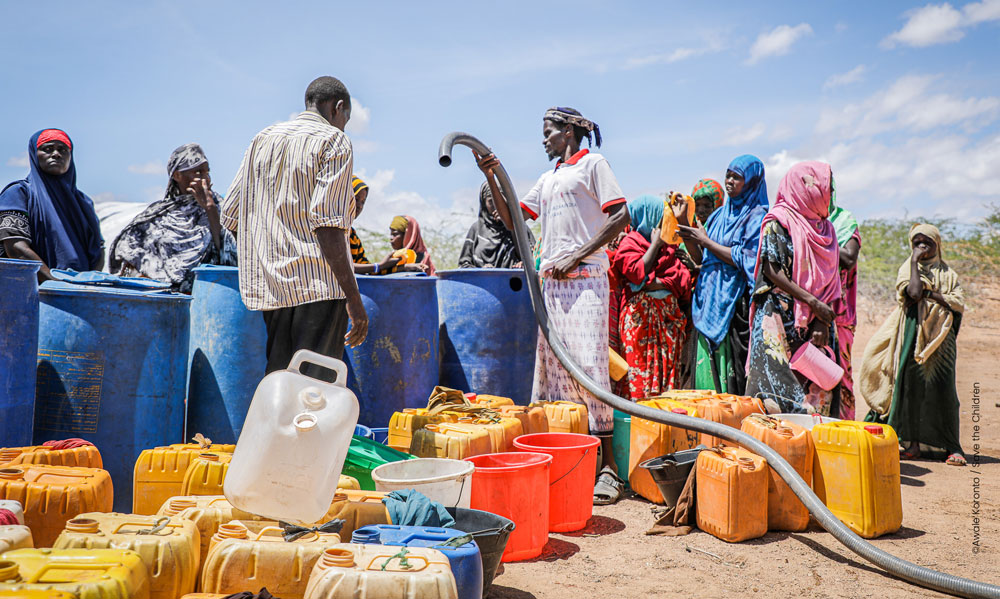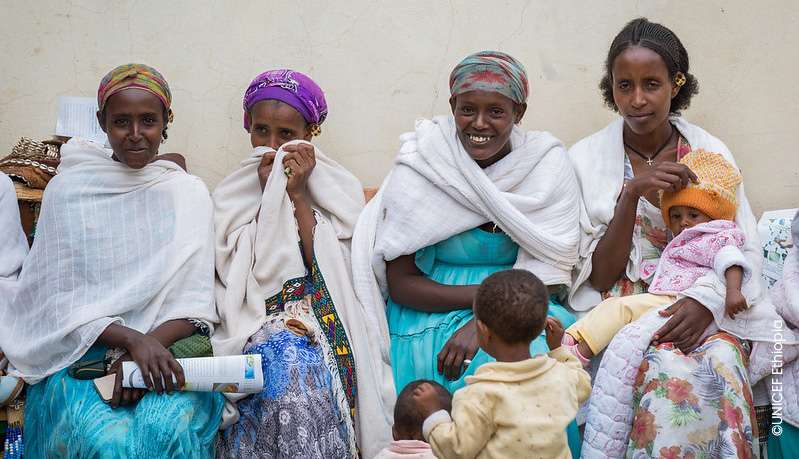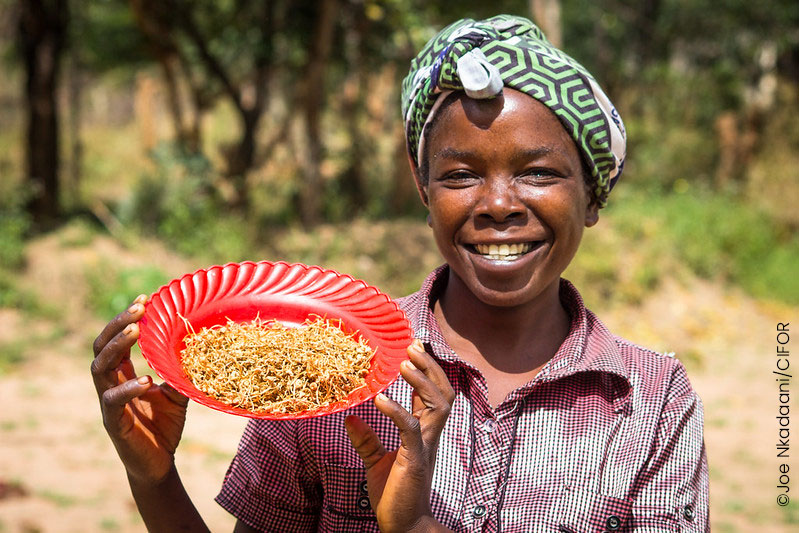Côte d'Ivoire faces substantial nutritional challenges, with 17 percent of children under five experiencing stunting and over six percent exhibiting wasting in 2021. Overall, 18 percent of the population grapples with the imminent threat of acute food insecurity. In addition, many communities lack access to safe drinking water and sanitation, which can transmit diseases such as cholera, dysentery and polio. Recurrent infections can also be a major cause of malnutrition and child stunting. 3ie’s WACIE Helpdesk supported the government’s response to the crisis by providing up-to-date evidence to inform and improve its strategy.
The government’s five-year strategic plan – National Multisectoral Nutrition Plan (known by its French acronym PNMN) -- aims to eradicate malnutrition and improve the implementation of its nutrition interventions. Its recent strides to strengthen the PNMN have been supported by the WACIE Helpdesk, which responded to specific questions from decision-makers on the effects of water, sanitation, and hygiene (WASH) interventions on child malnutrition.
As part of PNMN, the government aims to empower policymakers with the capacity to prioritize policy gaps, fostering data-driven improvements in multisectoral policies aimed at reducing malnutrition at both national and sub-national levels. “We thought that all the nutrition interventions we implement work, but with the briefs, we know that there is still a lot to do,” said Faustin N’Dri, Project Manager of the National Multisectoral Information Platform for Nutrition (PNMN), Government of Côte d’Ivoire.
The key findings in our rapid response briefs underscore the strong correlation between safe water interventions, improved sanitation, and health. They highlight the need for proper integration of different water, sanitation, and hygiene (WASH) interventions and note that WASH and nutrition interventions should be coordinated when both are implemented. The systematic review of WASH and access to safe water interventions shows that the elimination of a single source of contamination may not be sufficient to produce significant effects on health and well-being when other sources of contamination are present in households and communities. The studies recommend that actors in the nutrition system should work together to implement programs to improve child and household nutrition, while also highlighting the need to harmonize nutrition data collection and measurement tools to better assess the effects of interventions. The studies recommend that additional research be conducted, especially on interventions implemented on a large scale.
The findings shared with the government’s Nutritional Technical Committee, which is responsible for the development of its new strategy, are expected to inform the latest iteration of the PNMN.
To learn more about our work in West Africa, visit the WACIE program webpage.
(This work was made possible by the support of the Hewlett Foundation)










